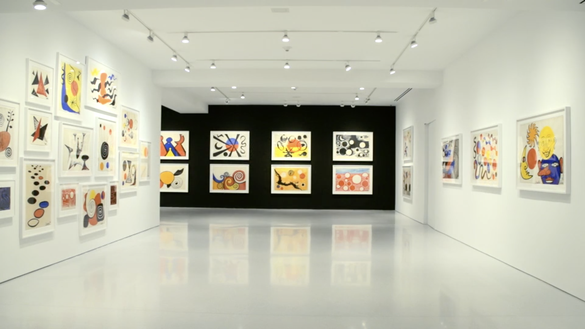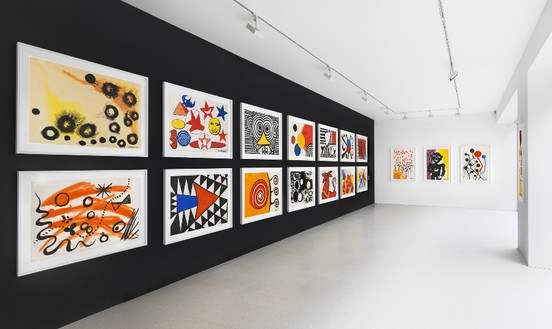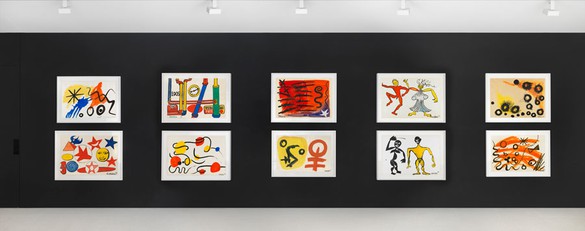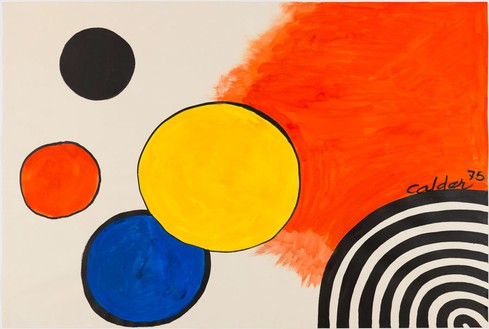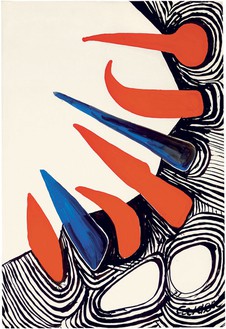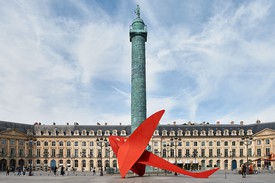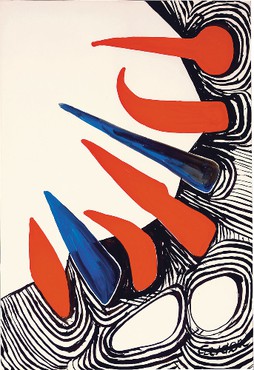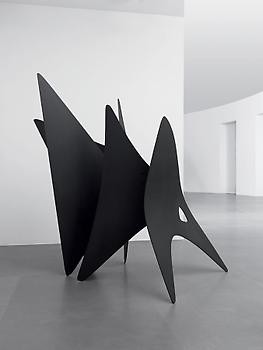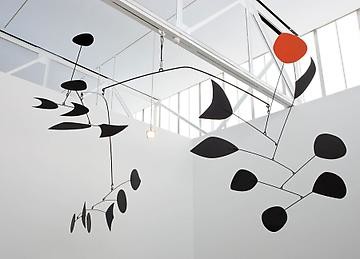Extended through August 29, 2014
About
What I produce is not precisely what I have in mind—but a sort of sketch, a man-made approximation. That others grasp what I have in mind seems unessential … as long as they have something else in theirs.
—Alexander Calder
Gagosian is pleased to present an exhibition of Alexander Calder’s gouache paintings on paper. The exhibition is in two parts, the first in New York and the second in London.
In the late 1920s, Calder’s new method of sculpting—bending and twisting wire to “draw” three-dimensional figures in space—resonated with both early Conceptual and Constructivist art, as well as the language of early abstract painting. Seeking to capture the constant motion of life, he created kinetic sculptures in which flat, abstract shapes in light sheet metal, painted in a restricted palette of black, white, or bright primary colors, hang in perfect balance from wires. Marcel Duchamp was the first to describe the new works as “mobiles,” while his later standing “stabiles” employed welding and bolting techniques to reject the weight and solidity of sculptural mass, to produce forms that were both linear and planar, open and suggestive of motion. By 1950, Calder had achieved international renown, affording him opportunities to engineer his sculpture on a monumental scale.
Parallel to his sculptural practice, and expanding upon early work in illustration, brush drawing, and painting, Calder created a series of paintings in gouache during a yearlong stay in Aix-en-Provence in 1953. He would continue to work in gouache throughout his life. Painting quickly, he transcribed the vocabulary of his sculpture into a medium far more immediate than the large-scale works in sheet metal produced simultaneously. Adapting certain aspects of his sculptures relating to their angularity and kineticism, the gouaches present a synthesis of these geometric forms with more earthly, representational subjects. The spiraling vortices of his early wire sculptures reappear atop pyramids (a recurring motif following a flight over Egypt), or hovering beside red suns (impressions of Guatemala’s fiery sunrises). Boulders, solar systems, and cacti are points of departure for his exuberant line, which conveys arabesques, orbs, and layers of bold stripes. Delighting in nature and evoking the subconscious, Calder celebrated essential yet enigmatic forms in an array of ochres, yellows, and vermilion, a vivid palette reserved for a lifetime of spontaneous impressions.
Share
Artist
Download
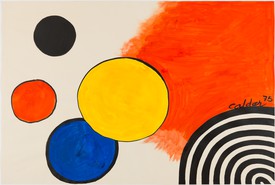
Alexander Calder: Gouaches
While Alexander Calder is regarded as the originator of mobile art works, his works on paper exhibit a mastery of two-dimensional abstraction. With a show of his gouaches closing in the Davies Street, London gallery, Derek Blasberg celebrates some of the artist’s pieces that didn’t require a welding helmet.
Behind the Art
Alexander Calder: Flying Dragon
In this video, Gagosian director Serena Cattaneo Adorno celebrates the installation of Alexander Calder’s monumental sculpture Flying Dragon (1975) at Place Vendôme in Paris, detailing the process and importance of this ambitious project.
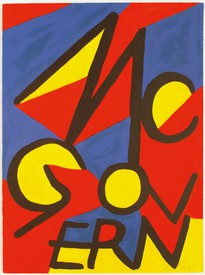
The Art History of Presidential Campaign Posters
Against the backdrop of the 2020 US presidential election, historian Hal Wert takes us through the artistic and political evolution of American campaign posters, from their origin in 1844 to the present. In an interview with Quarterly editor Gillian Jakab, Wert highlights an array of landmark posters and the artists who made them.

An Alphabetical Guide to Calder and Dance
Jed Perl takes a look at Alexander Calder’s lifelong fascination with dance and its relationship to his reimagining of sculpture.
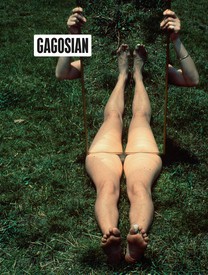
Now available
Gagosian Quarterly Summer 2020
The Summer 2020 issue of Gagosian Quarterly is now available, featuring Joan Jonas’s Mirror Piece 1 (1969) on its cover.

The New World of Charlotte Perriand
Inspired by a visit to the Fondation Louis Vuitton’s exhibition Charlotte Perriand: Inventing a New World, William Middleton explores the life of this modernist pioneer and her impact on the worlds of design, art, and architecture.
